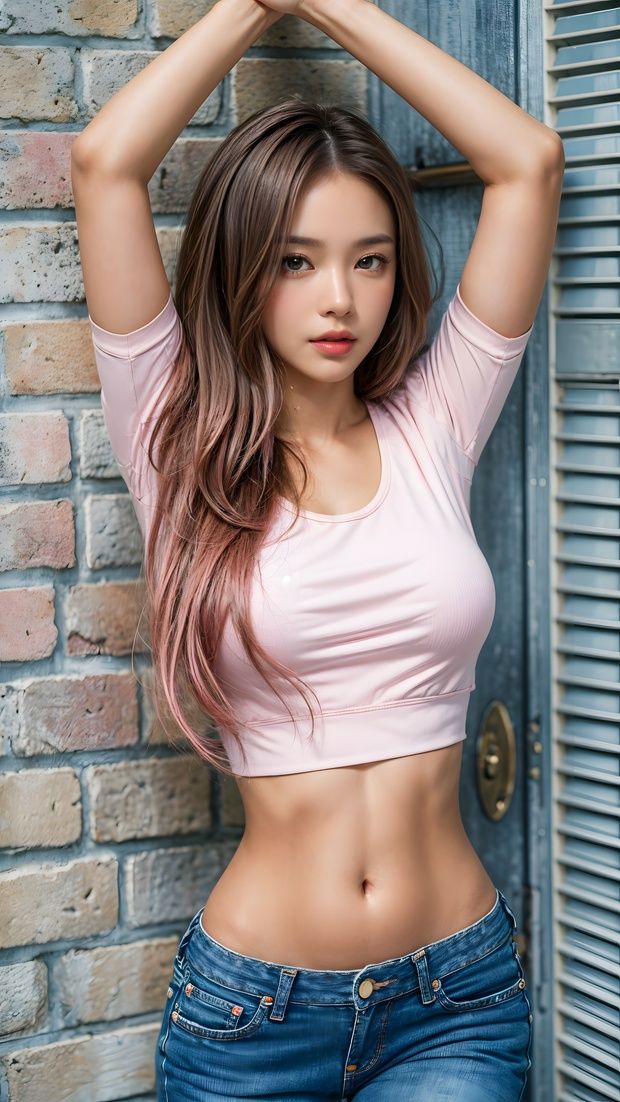The Beauty of AI in Art
Artificial Intelligence has revolutionized the way we create and appreciate art. With AI-generated art becoming more prevalent, it’s important to understand the beauty and potential of this emerging technology.
1. Enhanced Creativity:
AI algorithms have the ability to analyze vast amounts of data and produce unique and innovative artworks. This level of creativity can inspire artists to push boundaries and explore new possibilities in their own work.
2. Time-saving:
AI can assist artists in the creative process, helping them generate ideas or even complete certain tasks more quickly. This can be a huge time-saver for artists who have tight deadlines or limited resources.
3. Accessibility:
AI art tools are becoming more user-friendly and accessible to artists of all levels. This means that more people can explore their creative potential and express themselves through art, even if they don’t have traditional artistic skills.
4. Diversity:
AI art is breaking down barriers and expanding the definition of what art can be. By incorporating AI technology, artists can experiment with different styles, techniques, and mediums that they may not have access to otherwise.
5. Collaborative opportunities:
AI can create new opportunities for collaboration between artists and machines. By working together, artists can leverage the strengths of AI to enhance their own creative vision and produce truly unique and groundbreaking art.
The Impact of AI on the Art Industry
AI technology is not only changing the way art is created but also how it is consumed and valued in the art industry. Here are some ways AI is making an impact:
1. Personalized experiences:
AI can analyze individual preferences and behaviors to create personalized art experiences for viewers. This can help art enthusiasts discover new artists and artworks that resonate with their unique tastes and interests.
2. Art curation:
AI algorithms can be used to curate art collections based on specific themes, styles, or genres. This can help museums, galleries, and art institutions create more engaging and diverse exhibitions for their audiences.
3. Market insights:
AI can provide valuable insights into art market trends, pricing strategies, and collector preferences. This data-driven approach can help artists and galleries make informed decisions about their art practices and sales strategies.
4. Preservation and restoration:
AI technology can be used to preserve and restore art masterpieces, ensuring that they are protected for future generations. This can be particularly useful for fragile or deteriorating artworks that require delicate care and attention.
5. Ethical considerations:
As AI becomes more integrated into the art world, there are ethical considerations to take into account. Questions about authorship, ownership, and the boundaries of AI-generated art are important topics that need to be addressed by artists, critics, and policymakers.
The Future of AI in Art
The future of AI in art holds endless possibilities for creativity, innovation, and collaboration. As AI technology continues to evolve, we can expect to see even more exciting developments in the art world:
1. AI-generated masterpieces:
AI algorithms are becoming more sophisticated and capable of producing artwork that rivals human creativity. In the future, we may see AI-generated masterpieces that challenge our perceptions of what art can be.
2. Augmented reality:
AI can be used to create immersive art experiences through augmented reality technology. This can allow viewers to interact with art in new and exciting ways, blurring the lines between the physical and digital worlds.
3. Artistic partnerships:
AI tools can facilitate collaborations between artists and machines, leading to innovative and groundbreaking art projects. These partnerships can push the boundaries of art and open up new avenues for creative expression.
4. Cultural impact:
AI art has the potential to reflect and comment on our society, culture, and values in unique ways. By harnessing the power of AI, artists can use art as a medium to provoke thought, spark dialogue, and inspire change.
5. Continued evolution:
As AI technology continues to advance, we can expect to see new applications and possibilities for AI in art. From interactive installations to AI-powered performance art, the future of AI in art is sure to be full of surprises and innovation.
In conclusion, AI is transforming the art world in exciting and unpredictable ways. By embracing the beauty and potential of AI technology, artists and art enthusiasts can explore new creative possibilities and push the boundaries of what art can be. As we look to the future, the possibilities for AI in art are endless, promising a future filled with innovation, collaboration, and new opportunities for artistic expression.
You can review our digital products by following us on Etsy.





